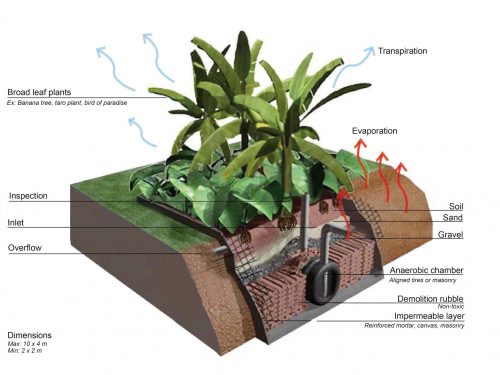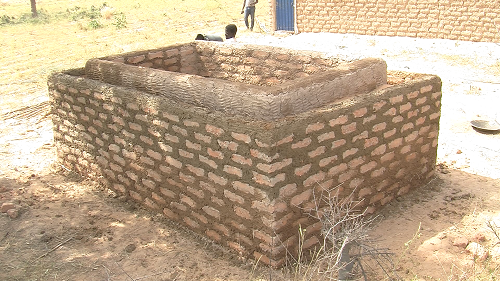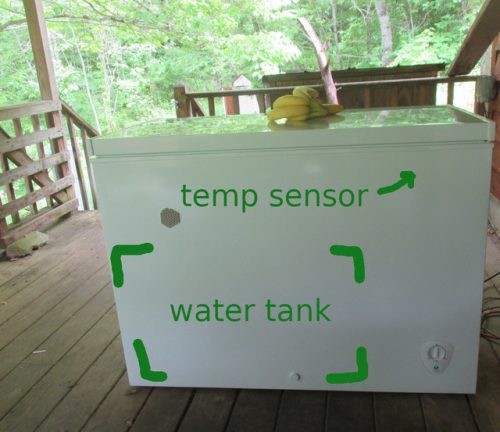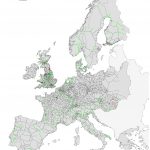Most people are probably aware that image files, as a rule, are bigger than plain text files. Yet, as the Web Bloat Calculator website explains, one of the weird things about the way websites have evolved is that their text is frequently so overloaded with superfluous (hidden) coding that they actually consume more energy than they would if the pages were presented solely in image form (ie, if a screenshot was taken of the webpage, and that was what was displayed when people looked up the webpage, rather than the original text). Such code bloat tends to build up in layers over the years and can lead to frenetic, and almost completely meaningless, exchanges of information between servers and browsers.
Web Bloat Score Calculator. Quoted from: Our Lighter Website, feasta.








